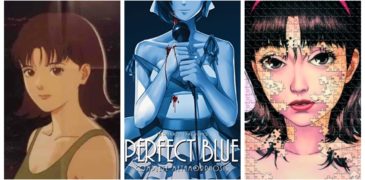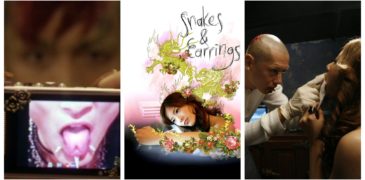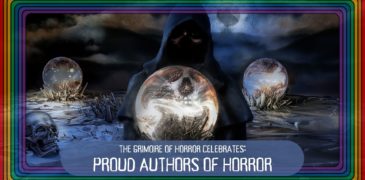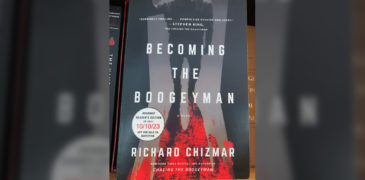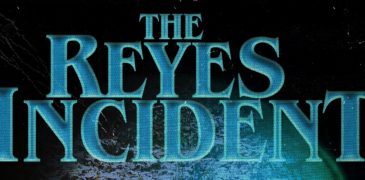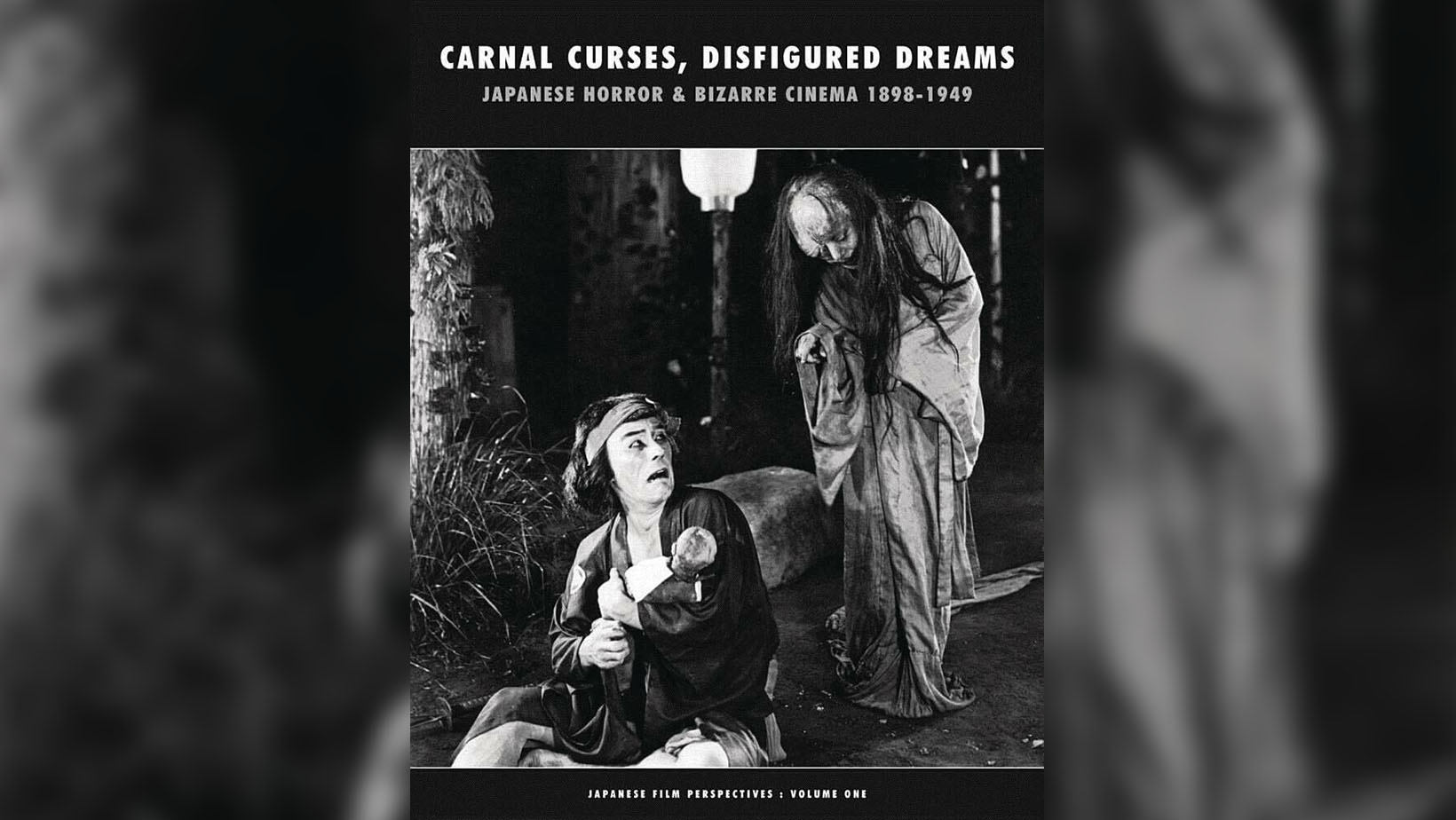
Zombies, vampires, mechanical men, mad scientists, monsters, killer apes, living statues, ghosts, demons – all the iconic figures of bizarre cinema can be found in Japan’s early film output, filtered through that country’s unique lens of culture and myth. Carnal Curses, Disfigured Dreams from Author: Kagami Jigoku Kobayashi lists over 500 films in a detailed, chronological filmography, includes over 30 woodblock print illustrations, reproduces 65 extremely rare film production photographs and posters, most of which have never been published before, and concludes with an index of all films referenced in the text.
This new book from publisher Shinbaku Books, who have published numerous interesting and similarly themed material about folktales and yokai, tackles, what I believe to be, their first reference book on film, specifically the scant known and mysterious output of Japanese genre and horror films from the late 19th-century up to immediate post-war Japan. With the country historically in turmoil during this period, it is understandable that so much information, and especially the films themselves are unfortunately lost in time. The book does its best to catalogue what is known about these films based on surviving materials in museums and collections, but in many cases, not much is known aside from plot details and cast and crew credits.
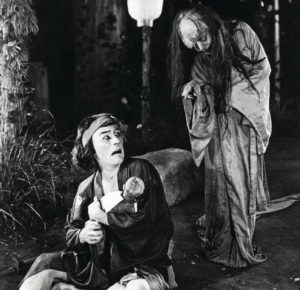
A real piece of reference material, the book has the titles laid out alphabetically and chronologically, using romaji translation, with associated information attached. While a number of listed films have short plot details only, some more notable, and probably more complete listings delve deeper into a film. While the early days of Japanese horror are quite similar to the Western world’s take, Edison’s Frankenstein being an early adaptation, the Japanese using many kabuki plays, most notably those with supernatural elements ties what we love about fear in fiction to the early days of an artistic medium. For films listed without much in the way of surviving visual media, kabuki prints are used to give an idea about what the film may have contained in terms of visuals or tone. This is alleviated much more as we get towards the end of the explored period with a considerable increase in movie posters, production stills, and promotional art being reproduced for this publication. Indeed, dozens of great B&W photos pepper the book, and the growth of the industry can be seen as the familiar holdings of mid-century Japanese horror cinema begin to appear.
A terrific resource, Carnal Curses, Disfigured Dreams is a wealth of information delivered in a straightforward and easily referenceable way. The only real downside to it all is the very real inaccessibility of 95% of these films to an English-language audience. With the time period making a huge chunk of these movies lost in time forever, even to Japanese audiences, the book is a fascinating look at history but also bittersweet with how so many of these spooky stories have faded into history itself. Still, this is an amazing book and worthy of being on the shelf of Japanese horror aficionados or fans of film history.
More Book Reviews
Paraphrasing the words of a certain author, it is a truth universally acknowledged that a book will be almost always better than its movie adaptation. Yes, almost always because, despite… Now that we have watched all four seasons of Call My Agent, some of us several times, we need something fresh from Netfilx or anywhere else to keep lockdown boredom… Have you heard about body modification? This practice involves the deliberate altering of the human anatomy or physical appearance. The extent of it varies on who you ask. However, in… Celebrating Pride Month With LGBTQIA2S+ Horror Authors From Around the World It’s Pride Month, and we are thrilled to fly our flag along with these amazing horror authors who identify… Becoming the Boogeyman is the riveting sequel to the New York Times Bestseller Chasing the Boogeyman, both written by Richard Chizmar. Chizmar, who is the owner and founder of Cemetery… A local legend gone haywire. A small-town cop. An impossible eyewitness testimony. Which is easier to believe—that killer mermaids exist, or that one person is worth risking everything for? For…Perfect Blue (1991) Book Review – Thank God for Satoshi Kon
Evil From Italy, Sin From Spain – A Crash Course To the Underground
Snakes and Earrings (2004) Book Review – A Raw Depiction of Mental Health
The Grimoire of Horror Celebrates Pride Month
Becoming the Boogeyman (2023) Book Review – A Sequel To The New York Times Bestseller
The Reyes Incident (2022) Book Review | Who can resist the sirens’ song?
